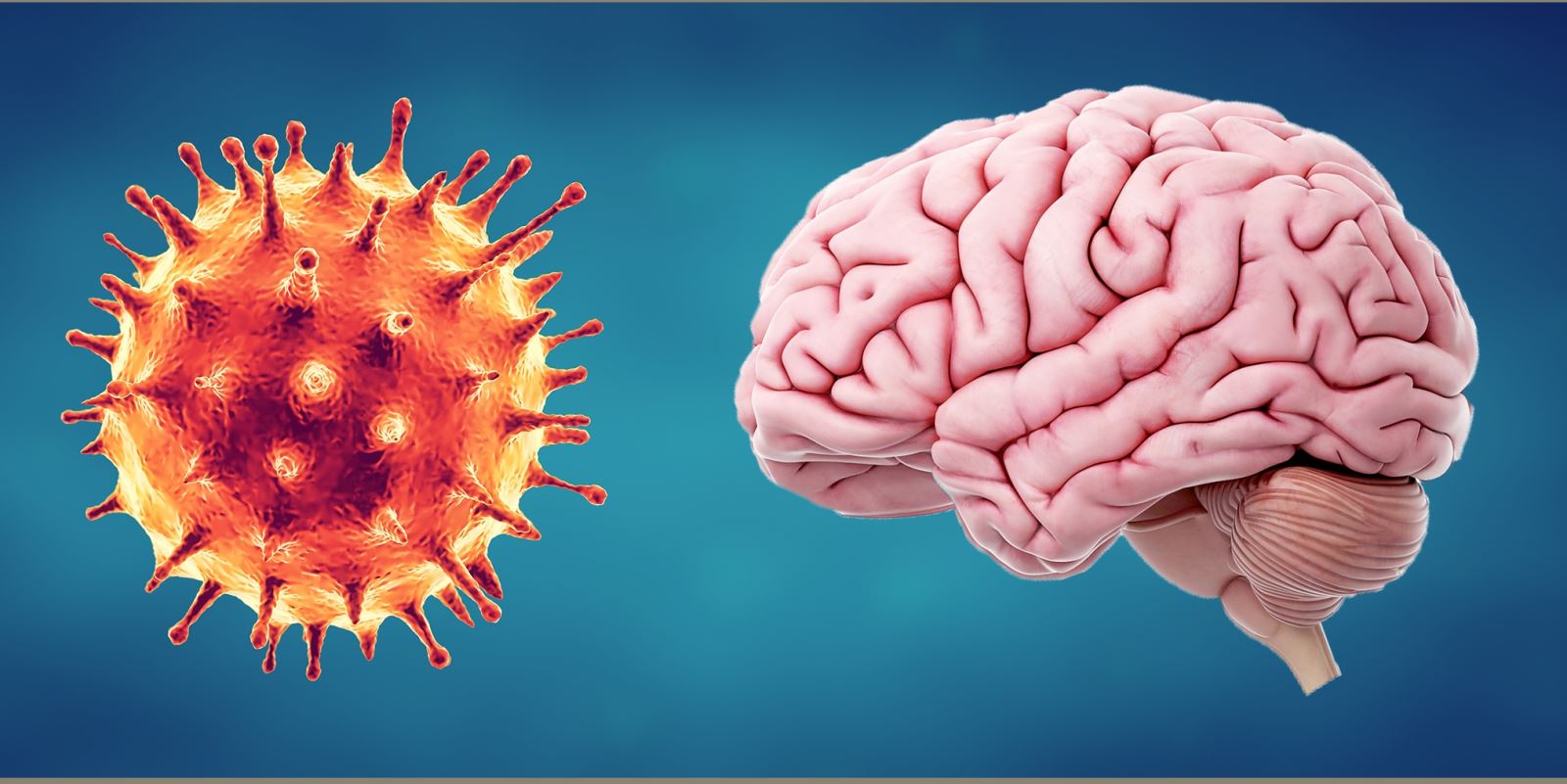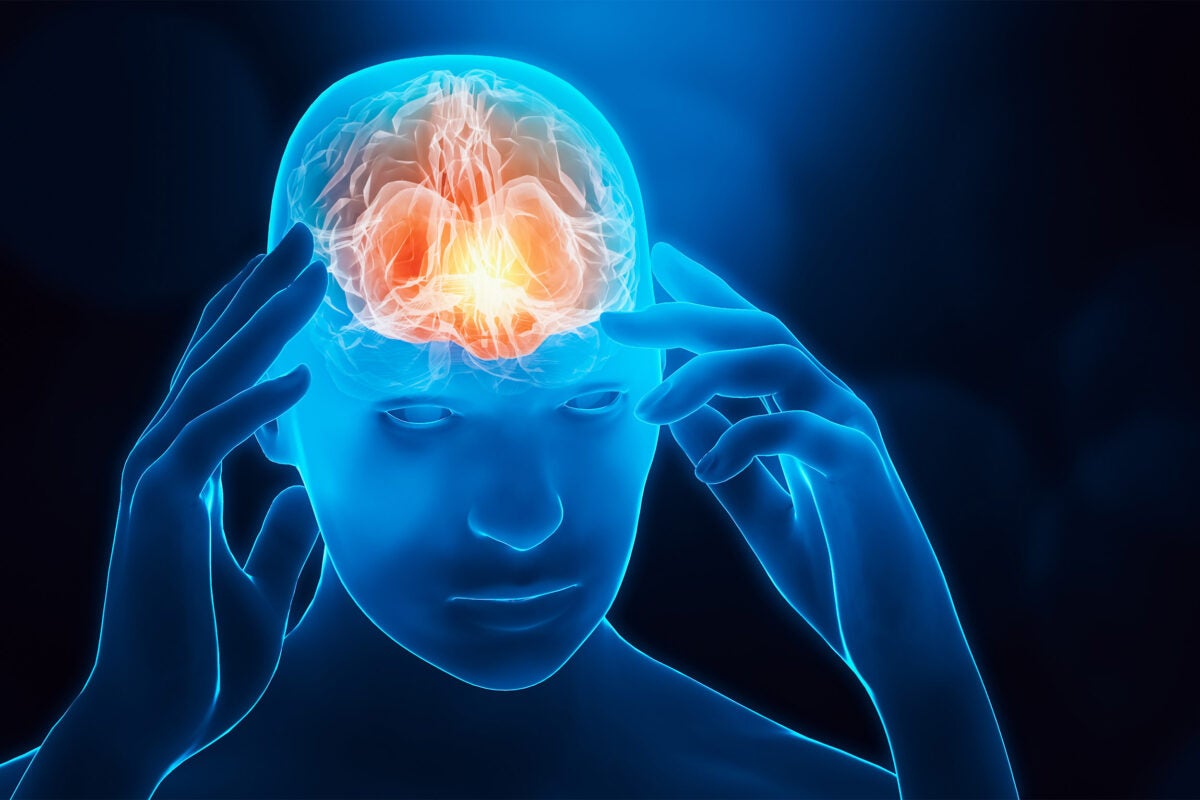Early in the COVID-19 pandemic, doctors began to notice something unusual. Described as a respiratory virus, SARS-CoV-2 appeared to have a strong impact on the brain, causing everything from loss of taste and smell, brain fog, and stroke in severe cases.
NYU Langone Health, a research hospital in New York City, has shifted from focusing solely on acute symptoms to tracking the long-term neurological problems that some people with "long COVID" experience.
Researchers found genetic material of the SARS-CoV-2 virus in central nervous system tissue, “demonstrating the virus is capable of infecting and replicating in the human brain.”
The list of neurocognitive problems that program director Dr. Sharon Meropol’s team and other researchers are tracking is long: cognitive decline, changes in brain size and structure, depression and suicidal ideation, tremors, seizures, memory loss, and new or worsening dementia have all been linked to previous SARS-CoV-2 infections. In some cases, these long-term problems occur even in patients with relatively mild COVID-19.
The “Holy Grail” question now, Dr. Meropol says, is what is happening in the brains of COVID-19 patients, and how to reverse the damage.
Gray matter
"If you look at the brain of someone who has been infected with some viruses, like rabies, you see the virus everywhere. It's just black and white," said Dr. Avindra Nath, clinical director of the National Institute of Neurological Disorders and Stroke (NINDS).
With SARS-CoV-2, the brain has more gray areas. Early in the pandemic, Nath and his colleagues scanned and physically analyzed the brains of 13 people who died of COVID-19. They did not find SARS-CoV-2 in those brains, but they did find significant damage to their blood vessels. It appears that the body’s immune system went haywire in its response to the virus, causing it to attack blood vessels and trigger a cascade of events that led to severe inflammation in the brain, potentially leading to serious damage.
Since Dr. Nath's brain scanning project began during the pandemic, other researchers have found the virus in the brains of people who died of COVID-19.
According to a 2022 paper in the journal Nature, researchers analyzed the brain tissue of 11 people who had COVID-19 when they died. In all but one of them, the researchers found viral genetic material in the central nervous system tissue, “demonstrating that SARS-CoV-2 is capable of infecting and replicating in the human brain.”
For Nath, however, it remains an open question and one worth further investigation. His team continues to study the brains of COVID-19 patients and has yet to find specific evidence of SARS-CoV-2 in those organs.
Scientists still do not fully understand the impact of the SARS-CoV-2 virus on the human brain. Illustration photo
Virus in the brain
Since Dr. Nath's brain scanning project began during the pandemic, other researchers have found the virus in the brains of people who died of COVID-19.
For a 2022 paper in the journal Nature, researchers analyzed brain tissue from 11 people who had COVID-19 when they died. In all but one of those people, the researchers found viral genetic material in central nervous system tissue, “demonstrating that SARS-CoV-2 is capable of infecting and replicating in the human brain.”
But for Nath, it remains an open question and one worth further investigation. His team continues to study the brains of COVID-19 patients and has yet to find any concrete evidence of SARS-CoV-2 in those organs.
In a study in April this year, scientists also found SARS-CoV-2 spike proteins in the brains of people who died from COVID-19.
Dr. Wes Ely, who studies brain diseases at Vanderbilt University Medical Center, said he believes SARS-CoV-2 may attack the brain’s “support cells,” or neurons that ensure the brain and body function properly. Damage to these support cells could cause a domino effect that leads to tissue death in the brain, Dr. Ely said.
But, he said, “there are almost certainly multiple processes at play” — it could be that the virus is both directly affecting the brain and causing changes to the immune system that lead to neurocognitive problems. “We’re not looking for a magic bullet that will solve all of these problems at once,” he said.
While there may not be a single solution, that doesn’t mean there aren’t any. Dr. Ely has found that “cognitive rehabilitation,” a process of rebuilding brain function through targeted mental exercises, can help people with cognitive impairment after being treated in the intensive care unit.
Some preliminary research also suggests that blood thinners may help break up tiny “clots” in the blood that are linked to systemic inflammation, potentially reducing long-term COVID symptoms including fatigue, brain fog and difficulty concentrating.
As of now, there are no proven treatments for people with long COVID. But Dr. Ely says he’s optimistic that the brain changes associated with COVID can be reversed — one way or another. “The brain is incredibly plastic and it can do amazing things,” he says.
According to VNA/Tin Tuc Newspaper
Source link



























































































![[OCOP REVIEW] Tu Duyen Syrup - The essence of herbs from the mountains and forests of Nhu Thanh](https://vphoto.vietnam.vn/thumb/402x226/vietnam/resource/IMAGE/2025/6/5/58ca32fce4ec44039e444fbfae7e75ec)






Comment (0)